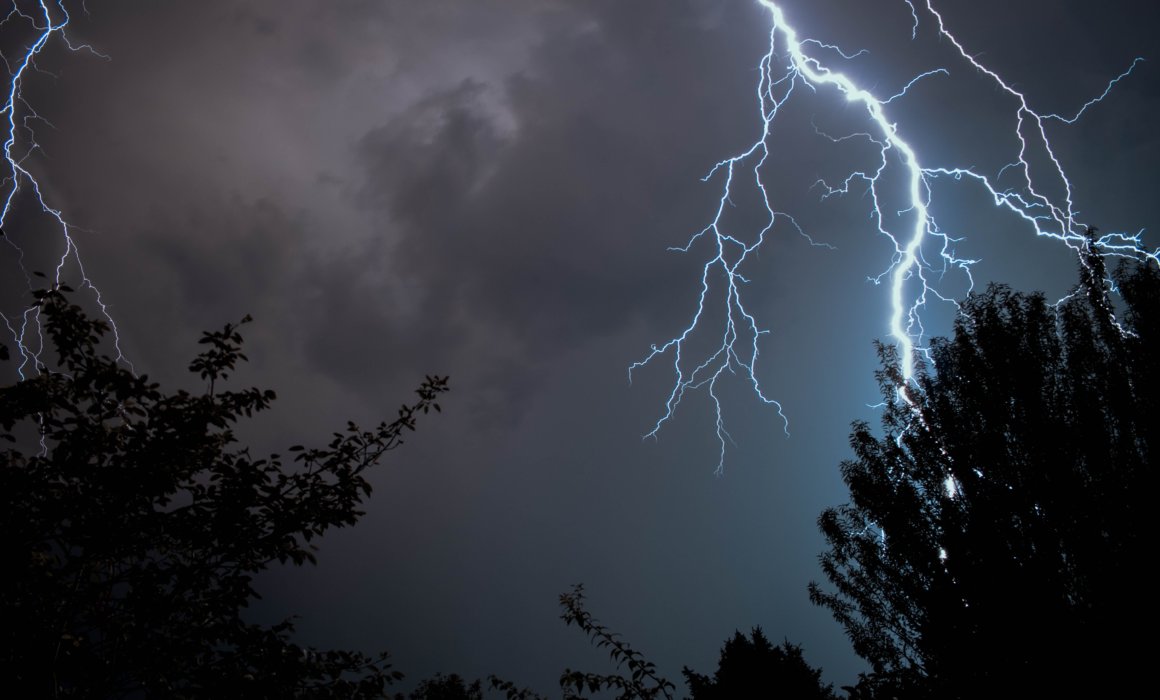6 Steps for Disaster Preparedness for Your Business
We keep a close eye on hurricanes here on the southeast coast of the United States. Uncertainty over whether storms are going to make U.S. landfall at category 5 or category 4 can lead to panic among many residents of our region. But in other parts of the country (and across the world), people have their own kinds of natural disasters to contend with as well.
The good news is that no matter where they’re located, Bluetowne clients have peace-of-mind — knowing that if and when a disaster strikes, their business can continue to operate thanks to our strategic disaster preparedness solutions. How do we ensure this? By creating a comprehensive disaster recovery plan and business continuity infrastructure for each client, and by storing client data in a strategic data center location that’s been constructed to meet and exceed the highest standards of protection. Why is this so important? Because today’s customers have high expectations— and that includes the expectation that your business will continue to provide the products or services they depend on, regardless of nature’s ups and downs. Even a relatively brief period of weather-related downtime can hurt your brand and your bottom line.
Have you taken the time to closely evaluate your business’s disaster preparedness? If not, now is the time to take make sure your business can continue to operate through whatever mother nature decides to send your way. Here’s how to start.
To prepare your business, the following steps are critical to your comprehensive disaster preparedness plan:
- Review and validate your disaster recovery plan
Many companies find that they either don’t have a disaster recovery plan, or their plan is old and out-of-date. It’s important to review and validate your disaster recovery plan often to ensure that it’s still the one that will work for you during a hurricane or other natural disaster.
- Review and validate your business continuity plan
Can your business continue if your power is out? Do you have online web applications that will continue to work — or will your entire company wind up in a blackout? These are important questions to ask yourself.
- Verify backups are running and test restores
Are all data and information backed up to a cloud? Have you tested their restorability? A surefire way to set your mind at ease is to make sure that you have all of your data backed up into a cloud-based system.
- Verify your team is prepared for work stoppage and resuming tasks
Does your team know how to handle a work stoppage? Do they have clearly defined roles and tasks assigned to them for natural disaster situations? If so, have they practiced these tasks and do they regularly refresh their memories on the procedures that you have in place?
- Do you have a procedure for notifying customers?
During natural disasters and power outages, many companies have to shut down completely because they don’t have a plan in place for their employees and customers. It’s important to notify customers if your business has to temporarily shut down or if certain services may be unavailable until power is returned to your region. This helps maintain customer trust in your brand.
- Validate that your IT infrastructure is sound, up-to-date, and stable
It’s important to keep all of your hardware, software, and network services up-to-date, so that you can ensure all of your services and resources are organized and ready to deploy at all times. Do you have systems and services in place that will keep your most important people and processes operational during a natural disaster? Some important pieces of the continuity puzzle include a warm/hot failover site, hybrid cloud, layer 2/3 networking, a virtualization recovery platform, and browser-based continuity.
How well did your business’s disaster preparedness plan fare during your evaluation? Were you able to answer yes to all of the above questions? In our experience, we all too often find that companies have overrated their level of readiness. When an emergency or disruption hits, chaos and confusion ensue — rather than quick response and recovery. Resolve to be resilient by carving some time out ahead of a storm or disaster to focus on your preparedness efforts.
“In an era when systems and applications are dispersed throughout the enterprise and the cloud, IT leaders have to rethink their disaster recovery plans.” –InformationWeek.com
Seems like a lot of work? It definitely is—and that’s where Bluetowne comes in to play.
Our mission: to support you in ensuring your organization can continue delivering the products or services your customers expect, at acceptable predefined levels following a disruptive incident — and ensuring optimized, speedy recovery and restoration of your data and applications once things are back to normal. Give us a call today.


